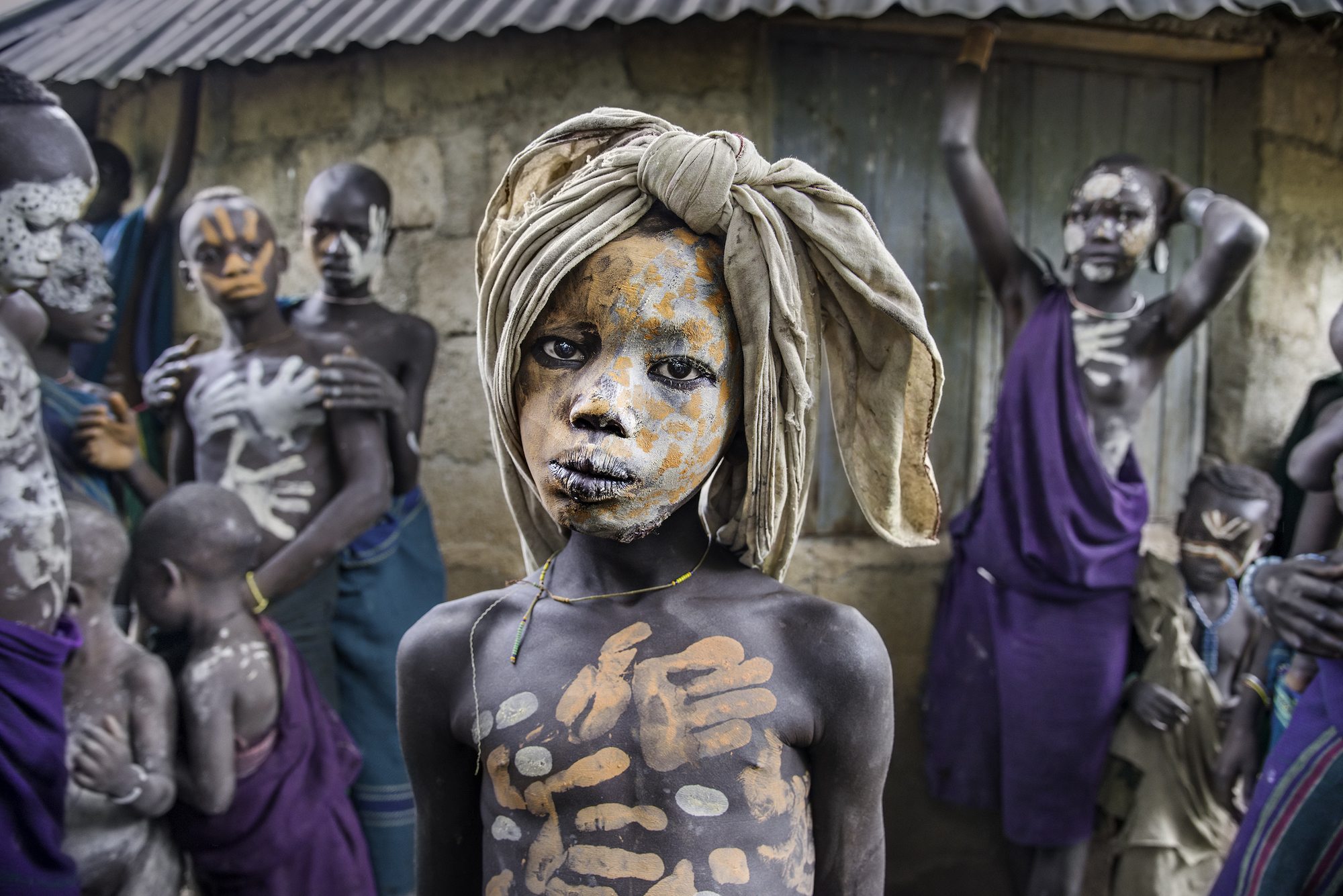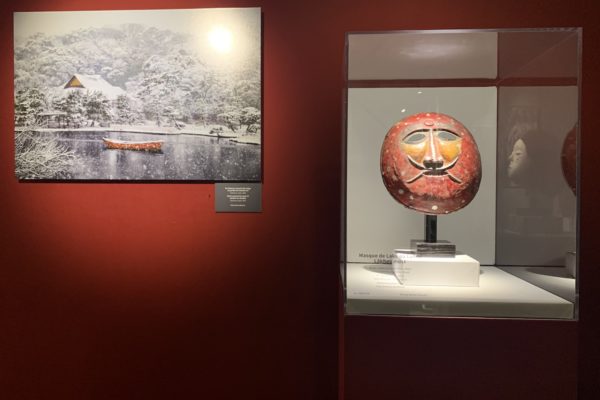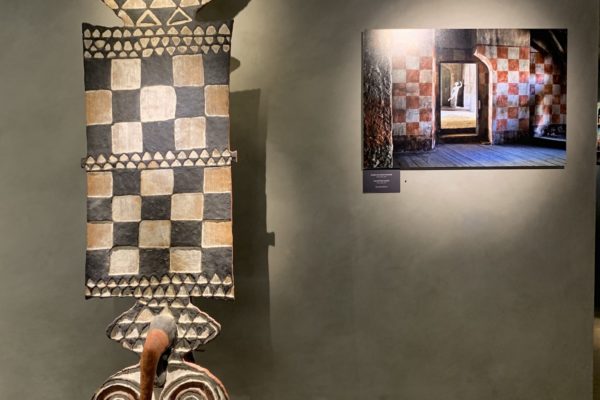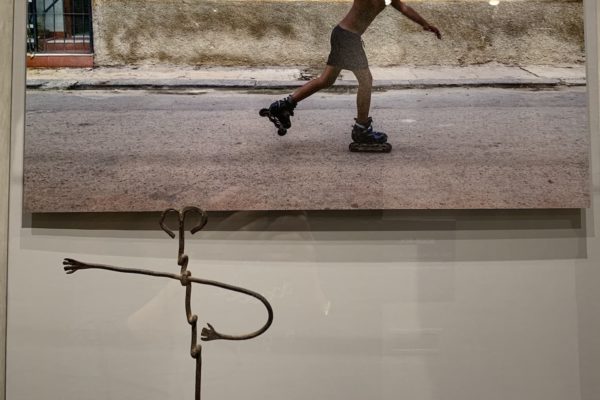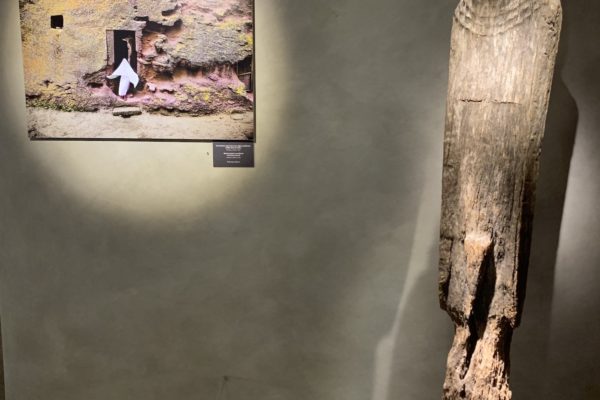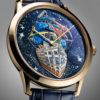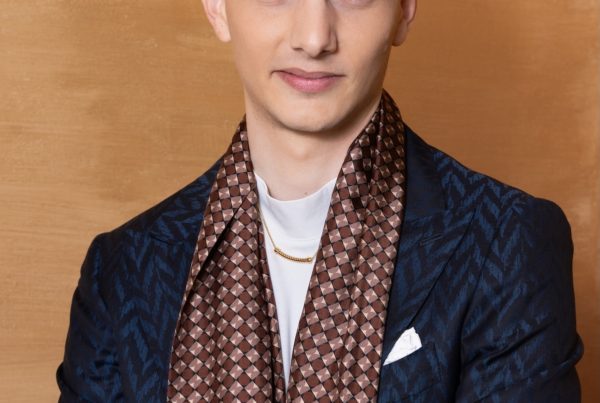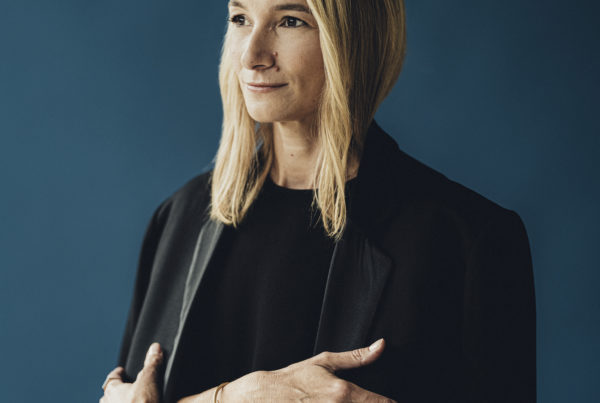Steve McCurry confronts his photos with the objects of the Barbier-Mueller Museum
The exhibition Wabi-sabi, beauty in imperfection, is a silent dialogue between the photographs of Steve McCurry and the collections of the Barbier-Mueller Museum. To be seen or seen again until August 23, 2021. Exclusive interview: Isabelle Cerboneschi
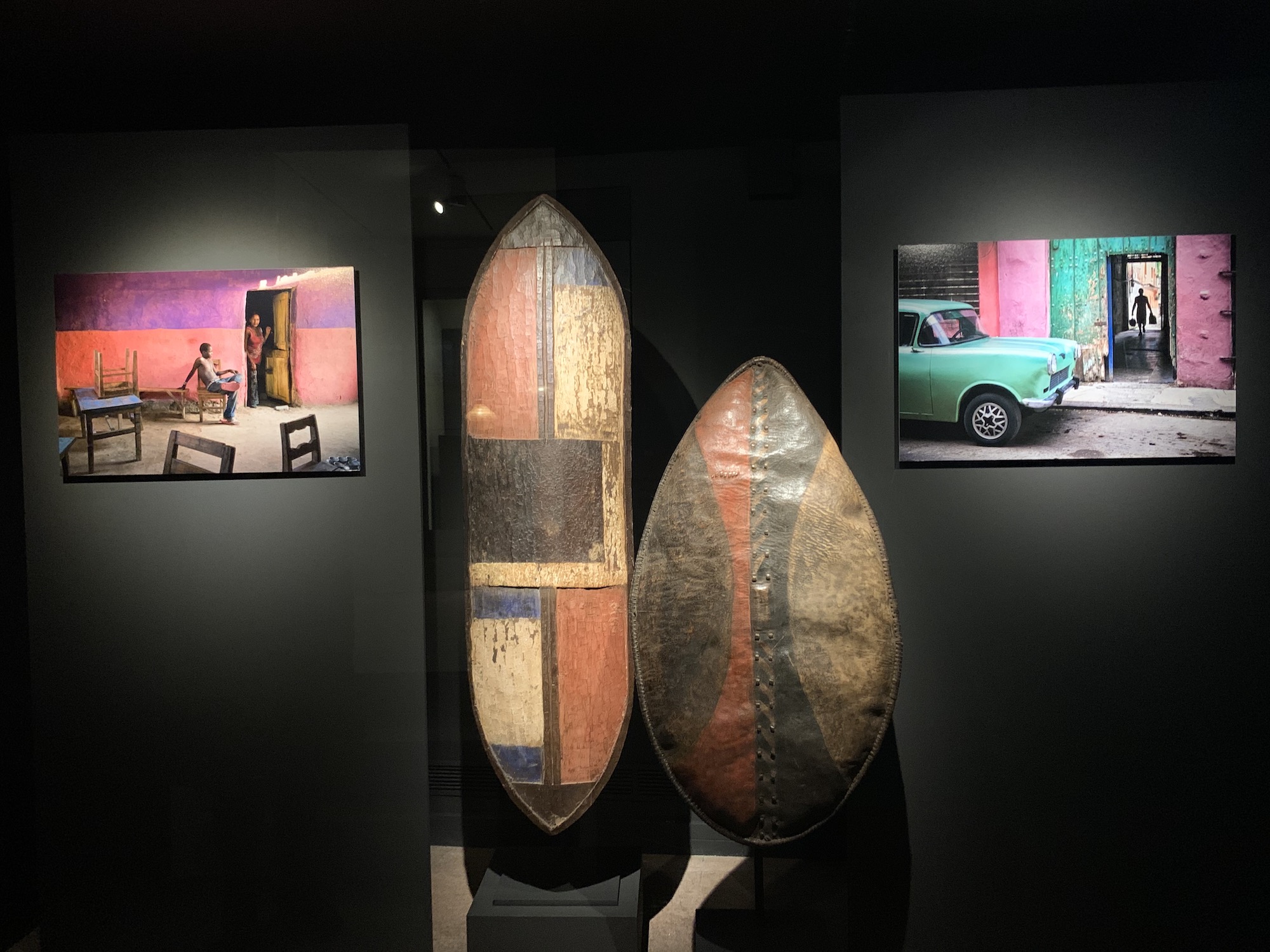
It is impossible to summarize the career of Steve McCurry, one of the most inspiring photographers of the last forty years. This 71 year old globetrotter, born in Philadelphia, has always managed to be in the right place at the right time, creating images that have left their mark on the collective unconscious.
He wanted to make movies, he became a photographer. In 1978, he went to India, a trip that turned into a two-year long stay. In Pakistan, he met two Afghans who told him about the war in their country. They managed to smuggle him across the border, disguising him as an Afghan, including a beard, and that’s how the American photographer entered the area controlled by the Mujahideen just before the Soviet invasion. He managed to take the first pictures of the conflict in Afghanistan. He hid his films by sewing them into his turban and was awarded the Robert Capa Gold Medal in 1980 for his images.
Throughout his career, Steve McCurry covered many conflicts but always chose to focus on the human. Everyone remembers the photo Afghan Girl, showing Sharbat Gula, a young Afghan girl with green eyes that the photographer met in a refugee camp in Pakistan. The image appeared on the cover of National Geographic in June 1985, making her the unwitting symbol of the plight of thousands of Afghan refugees streaming into Pakistan. Showing this frightened-looking child was a way to reveal the reality of war. What is the human cost?
The planet became Steve McCurry’s office. He kept on travelling, documenting the planet, people, places, monuments with his beautiful pictures composed like works of art. They tell the world as it is, or as it was, at a given moment.
Wabi Sabi, Beauty of Imperfection is a one of a kind exhibition: a silent conversation between Steve McCurry’s photographs and the objects in the collection.”
The photographer wanted to work around the theme of “Wabi Sabi,” explains Laurence Mattet, the museum’s director. I liked it because in the end all the works in the collection correspond to the concept of Wabi Sabi. They are all made of natural materials, they are all old, they have a patina, they have been restored… That’s what makes them beautiful. Steve McCurry sent me a selection of 30 photos and I associated them with works in the museum. It was as if the pieces and the images had a meeting. This juxtaposition provoked beautiful aesthetic echoes but also narrative ones.”
The images are taken out of context, as are the objects, but by juxtaposing them a new context is created, like an aesthetic mirror held up between two works.
INTERVIEW
What did you like about the Barbier-Mueller Museum’s request?
Steve McCurry : I thought it was an intriguing way to compare my photographs to some of the objects belonging to the collection and see how they relate to each other. The exhibition demonstrates the synergy between ancient artifacts and my images.
How did you choose the photographs in the exhibition: based on the shapes of the objects, their color, their content?
It is a conversation between the two: for instance, the color of an African mask relates to the portrait of a young Ethiopian boy. It can be a search for a rhythm, a shape, a color. It’s sometimes difficult to put your finger on the truth.
What is your idea of Wabi Sabi, the Beauty of Imperfection?
Imperfection and beauty exist in many ways in nature. As time goes by, a decaying thing, it can be a wall, a chair, or a tool, gains other qualities. If you look at the picture showing the Mingun Pagoda, in Myanmar, with these powerful walls and wonderful lines that create an interesting pattern, it has a profound quality: it’s an invitation to meditation. You can look at it and interpret it in many different ways. In Ethiopia, there is an ancient church carved in stone. The wall has changed over time and its partial decay creates a kind of abstract relief. A woman is about to enter the narrow passageway that leads to the church and her windblown dress take the shape of wonderful butterfly. It’s interesting to show both this timeless wall that’s been standing there for probably almost 2000 years, and a woman in action today, while imagining that this passageway has been used for hundreds and hundreds of years. It’s a link between past and present.
The objects on display at the Barbier-Mueller Museum may be aesthetic but that is not the point: they are objects of power, of magic, they are symbols. And sometimes they are beautiful. How would you define beauty?
In many different ways: there is beauty in rhythm, in harmony, in a poem, in simplicity, in profound truth. It has to be something that is good, something that we want to embrace.
When you cover conflicts as you did in Afghanistan, is beauty sometimes born out from ugliness?
Beauty is one of those words, like “art”, that we could talk about for hours. But the answer to your question is yes. There are terrible things in war that can be “beautiful,” but you have to use a very broad definition of the word « beauty ».
You started traveling at a very young age (28). What were you looking for when you traveled the world?
Before I decided to leave, I had come to this conclusion: what was I going do with my life? What could I do that would be interesting, fulfilling, that would give me purpose? Some people find fulfillment in teaching, pottery, gardening,… We are all different and we all have to decide what’s best for us. I wanted to see the Taj Mahal, Venise, experience the Monsoon, see the Red Square, the Great Wall of China, the Grand Canyon, visit a Tibetan monastery. I decided that this was how I wanted to spend my life. And when you see or experience something extraordinary, it’s part of the human nature to want to share this experience. That’s how I’ve spent the last 50 years.
Is this why you consider yourself a storyteller and not a photojournalist?
I don’t report for a magazine. When you work for a publication, there are some expectations and deadlines. Nobody pays you for free. I show what interests me personally. I don’t want any assignment. I don’t try to please anyone. At the end of the day, when you read a book, a poem, listen to a piece of music, watch a choreography, does it moves you? Did you learn anything? I think that as an artist, you want to involve the viewer in your work, to generate some sort of a response, an emotion.
How do you write your stories without words?
There is a kind of visual language. You see something and then you photograph it: but does it translate what you see in your mind’s eye? Before you get to that point, of course, there is a whole craft that you have to learn. It’s the same thing with painting, cooking, it also take experience and talent. It’s hard work. It’s a pleasure, but it requires a lot of time, dedication and struggle. But struggle is life. We start when we come out of the womb.
We live in a globalised world that erases differences. Do you feel that by continuing to make photographs of otherness you are engaged in a form of resistance?
Globalization and modernization are inevitable and unstoppable. The only thing we can do is to keep a record of our lives, to write a document saying how we lived in the past, we can try to preserve some things that are unique and culturally significant. We love to visit an old village, but we don’t like so much to go to a shopping mall or an airport that looks like any other airport: whether it’s Chicago, Shanghai, Buenos Aires or Zurich, it’s the same thing. So I think there are some unique things that need to be preserved in this world before we end up in a dystopia.

Un homme marche dans les ruines, Kaboul, Afghanistan, 2003 ©Steve McCurry. Man Walks Through Ruins. Kabul, Afghanistan, 2003. ©Steve McCurry
Wabi-sabi, beauty in imperfection, Barbier-Mueller Museum, Rue Jean-Calvin 10, 1204 Genève, Tel: +41223120270. Until August 23, 2021. https://www.barbier-mueller.ch

